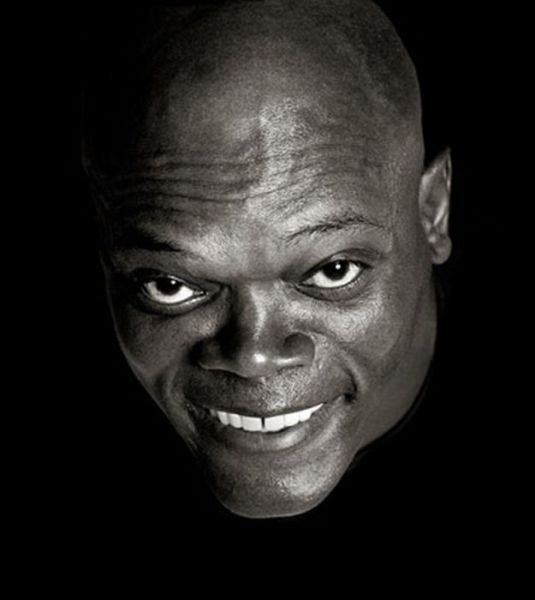

They are the way the world moves, and they contain their time. In her own words, "Reading about Napoleon made me think how people make history. In reading it, she realized the extent to which individual people can and have shaped our world, which motivated her to make portraits. A keen reader from a young age, the book had a profound impact on Peyton. Yet, a quick look at any random Instagram feed will validate the existence of our current global obsession with beauty as its own unique currency.Įlizabeth Peyton was inspired to make this portrait of the young Napoleon by reading the subject's biography by Vincent Cronin, the cover of which features his portrait by Antoine-Jean Gros. Some critics struggle with the relevance of Peyton's work in today's age, most specifically with her unapologetic fascination with physical beauty.This illusion of familiarity fascinates Peyton and she enjoys offering it up in paintings, whether they be famous people she's never met in person and depicts from photographs, or very real people from her life who grant her actual sittings. Peyton came of age in a media-saturated world where celebrities remain aloof strangers yet project faux intimacy with their fans through glimpses into their private lives.Celebrities become ordinary people and ordinary people become extraordinary. Creating this pocket of time, where she merely studies the subject and then presents him or her, tends to strip away all ephemeral meaning or extraneous visual information. Peyton enjoys the act of painting a person via a formal portrait sitting when she can, because she describes the act of it as being more about intimate time spent together than doing the normal things two people might consider when socializing.

Men and women become elongated and androgynous, blushed with feminine hues, evolving and reviving the Romanticism of 18 th and 19 th century British portraiture. Peyton's portraits, distinct in their female gaze, explore contemporary concepts of identity, sexuality, and beauty using similar techniques and styles that have become de rigueur in modern fashion illustration.Like Andy Warhol and Nan Goldin before her, Peyton joins the cache of artists who express their own lives as their greatest works of art. Yet it can't be denied that Peyton's portraits and the lifestyles they depict, were an early forebear to today's social media impetus to share everything about the people in our lives as if we were all individuals worthy of celebrity status. This approach to putting the people of her life on canvas, both those that she intimately knew who would sit for her, and those who she admired from afar in photographs, was often critiqued for its populist popularity. She very quickly became a celebrity artist herself, creating a new portraiture that was contemporarily stylized and idealized her circle of friends alongside the objects of her obsession, which equally included glamorous artists, New York scene-sters, literary characters, or European monarchy. In an era where figurative art was no longer the rave, she re-identified its importance as a documentation of one's life and the people within it. She reinvented portraiture, pulling it from its dusty closet where it had been relegated to a precious past, and modernized it for the MTV age. When the 1980s and 90s brought about an upsurge in celebrity culture infiltrating mainstream media with incessant images of the latest hot fashion designers, supermodels, and society doyennes, Peyton was painting them too.
#Celebrity portraits movie#
While other girls were busy tearing pages from magazines to paste their pop idols, sports heroes, and movie star crushes on their bedroom walls, Elizabeth Peyton was painting them instead.


 0 kommentar(er)
0 kommentar(er)
